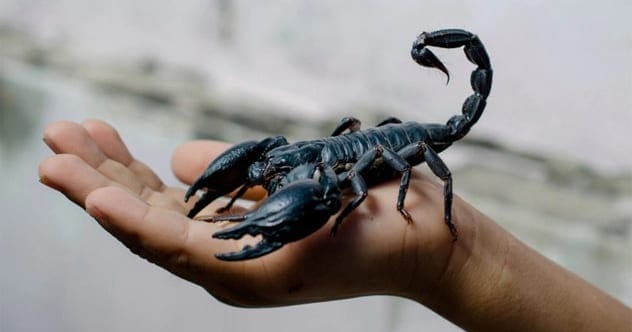The animal kingdom is full of surprises, and danger doesn’t always come in large packages. While lions and bears might be the first to come to mind when thinking about deadly animals, there are plenty of smaller creatures that pack a serious punch. These tiny terrors prove that size isn’t everything when it comes to lethality. From venomous invertebrates to poisonous amphibians, get ready to be amazed—and maybe a little scared—by these diminutive yet deadly beings.
Here’s a countdown of ten of the smallest animals that are capable of killing you. Remember, these aren’t disease vectors like mosquitoes; these critters can cause you harm directly!
10. Australian Box Jellyfish
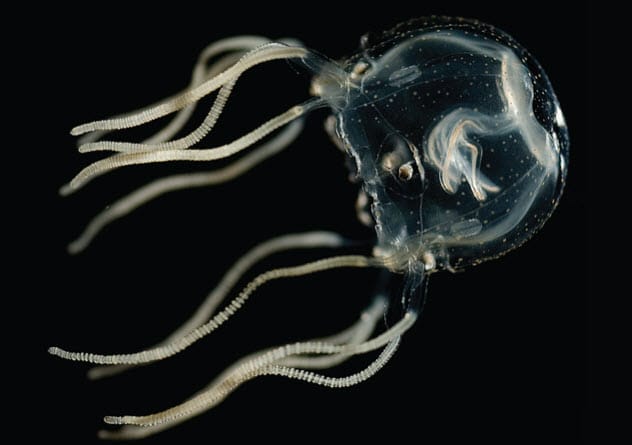
Most jellyfish are just a nuisance, but the Australian Box Jellyfish (Chironex fleckeri) is in a league of its own. Often considered the most venomous marine animal, this jellyfish averages around 12 inches (30 cm) in diameter, with tentacles that can extend up to 10 feet (3 meters).
These swift swimmers can move at speeds of up to 20 ft/second (6 m/sec). Their tentacles are armed with microscopic darts that deliver incredibly painful venom. If untreated, death can occur within minutes. One jellyfish has enough venom to kill approximately 60 adult humans, and nearly 80 fatalities have been recorded in Australia since the 19th century. Best to admire these creatures from a safe distance!
9. Amazonian Giant Centipede
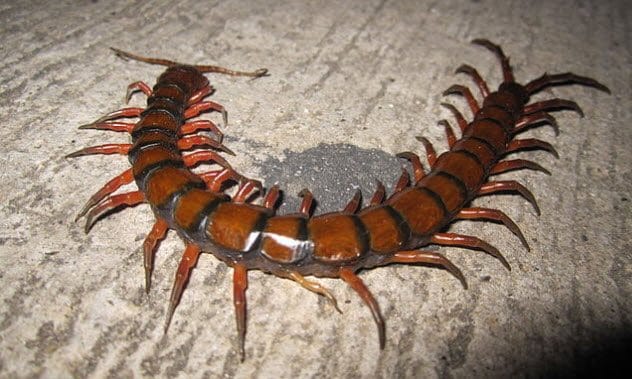
The Amazonian Giant Centipede (Scolopendra gigantea) is one of the largest centipedes in the world, reaching up to 12 inches (30 cm) in length. Found throughout South America and the Caribbean, these carnivores prey on other large arthropods, amphibians, reptiles, birds, and small mammals.
These centipedes possess a potent neurotoxin that targets the cardiovascular, respiratory, muscular, and nervous systems of their victims. While envenomation in humans is rare, it is incredibly painful and can cause severe health issues. There was a single documented case in 2014 where a four-year-old child died after being bitten by one. It’s wise to avoid handling these impressive but dangerous creatures.
8. Geography Cone
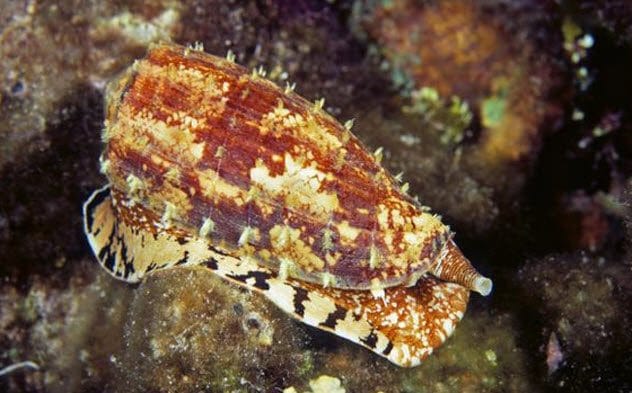
Cone snails are found worldwide and prized for their brightly colored shells. However, many of the 600+ species are extremely venomous. The most dangerous is the Geography Cone (Conus geographus), found in the coral reefs of the tropical Indo-Pacific. Growing to between 4 and 6 inches (10—15 cm), this small snail hunts fish by firing a harpoon-like tooth that delivers a powerful venom.
There is no antivenom for the Geography Cone’s venom. Medical professionals can only try to keep a person alive until the toxins wear off. Without treatment, an adult stung by this snail may die within one to five hours. They are often called “cigarette snails” due to the grim joke that a person has just enough time to smoke one cigarette before dying after a sting.
7. Deathstalker Scorpion
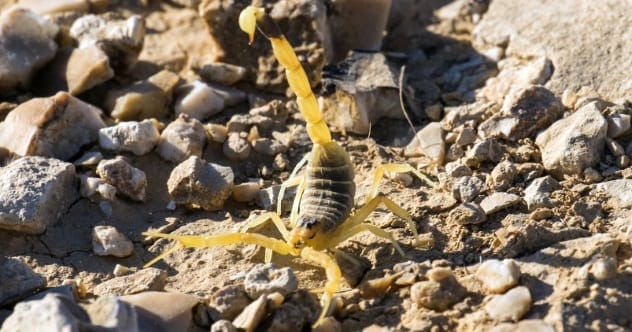
Scorpions are generally painful but not deadly. However, the Deathstalker scorpion (Leiurus quinquestriatus) is an exception. Measuring around 3 to 4 inches (80 to 110 mm), it is found throughout North Africa and the Middle East.
Its venom is a complex mix of neurotoxins, including chlorotoxin, charybdotoxin, scyllatoxin, and three types of agitoxins, all of which disrupt the nervous system. While a sting is not typically fatal for adults, it poses a significant risk to the young, infirmed, and elderly. Most stings result in anaphylaxis, and an antivenom is available, though often needed in large doses to be effective. Death, when it occurs, is usually due to respiratory failure. Ironically, components of their venom are being studied for potential treatments for brain tumors and diabetes.
6. Blue-Ringed Octopus
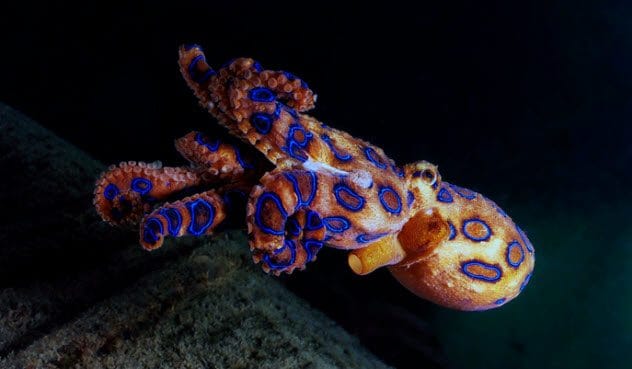
The Blue-ringed octopus may seem harmless with its beautiful blue rings, but it’s one of the world’s most venomous marine animals. Four species exist, each capable of being deadly to humans. These octopi are small, typically measuring between 2.5 and 4 inches (6 to 10 cm), and are found in tide pools and coral reefs in the Pacific and Indian Oceans.
They carry a powerful neurotoxin called tetrodotoxin, enough to kill 25 adult humans within minutes. Their bite is often painless due to their small size, so victims may only realize they’ve been bitten when they experience paralysis and stop breathing. Admiring them from afar is definitely the safest course of action.
5. Golden Poison Dart Frog
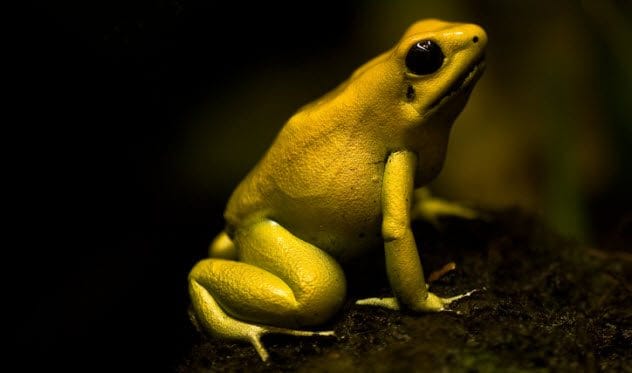
The Golden Poison Dart Frog (Phyllobates terribilis) is arguably the most poisonous animal on Earth. Growing to a maximum of 2 inches (55 mm), these tiny frogs secrete enough poison from their skin to kill 22,000 mice. The Choco Emberá people use the frog’s poison on their hunting darts, hence the name.
Found in Colombia’s Pacific coast forests, their skin is coated in an alkaloid toxin that stops nerve impulses, leading to heart failure. A single frog contains enough toxins to kill between 10 to 20 people. Fortunately, lethal poisoning is rare because when removed from their native habitat, they stop producing toxins due to the absence of the specific ants they eat, which contain batrachotoxins.
4. Giant Silkworm Moth Caterpillar
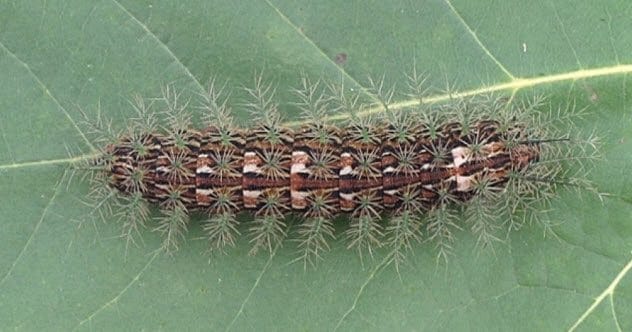
The Giant Silkworm Moth Caterpillar (Lonomia obliqua) is found in South America and measures only about 2 inches (5.5 cm) long. According to Guinness World Records, it’s the most venomous caterpillar in the world.
These caterpillars have a toxic venom that can cause disseminated intravascular coagulation and consumptive coagulopathy, leading to blood clotting throughout the body. Their hollow bristles, found all over their body, inject venom upon contact. Fatalities are common, and immediate medical treatment is essential. Avoid touching these seemingly harmless creatures at all costs!
3. Sydney Funnel-Web Spider
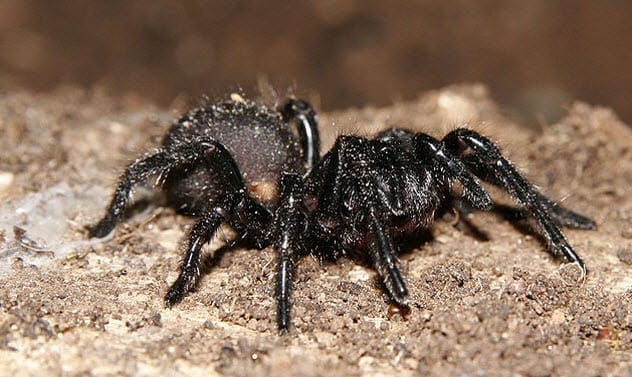
The Sydney Funnel-Web Spider is one of the deadliest spiders in the world. Found within a 63-mile radius of Sydney, Australia, these spiders range from 0.4 to 2 inches (1 to 5 cm) in body length.
They have large fangs and inject their entire venom reserve into their victims. The venom contains atracotoxin, which inhibits the nervous system in primates, leading to death in as little as 15 minutes if untreated with antivenom. While a full bite can kill an adult human, they are especially dangerous to the young and elderly.
2. Blue Sea Dragon
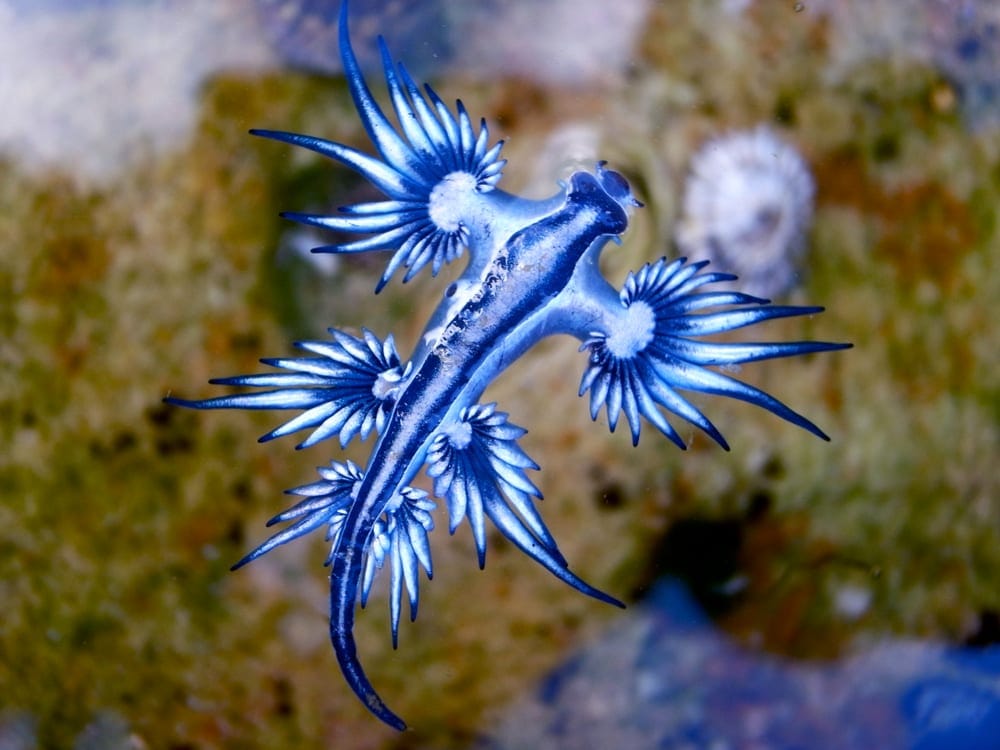
Blue Sea Dragons (Glaucus atlanticus) are a species of sea slug known for their beautiful and unique shape. Measuring only about 1.2 inches (3 cm), they are found throughout the world’s oceans. Despite their beauty, they’re incredibly dangerous.
These creatures feed on other venomous animals, such as the Portuguese man o’ war, incorporating the venom into their own sting. A sting from a Blue Sea Dragon can be excruciating, causing pain, vomiting, and acute allergic contact dermatitis. While it’s unlikely to kill a person, the risk of a severe allergic reaction makes it best to admire them without touching.
1. Common Kingslayer
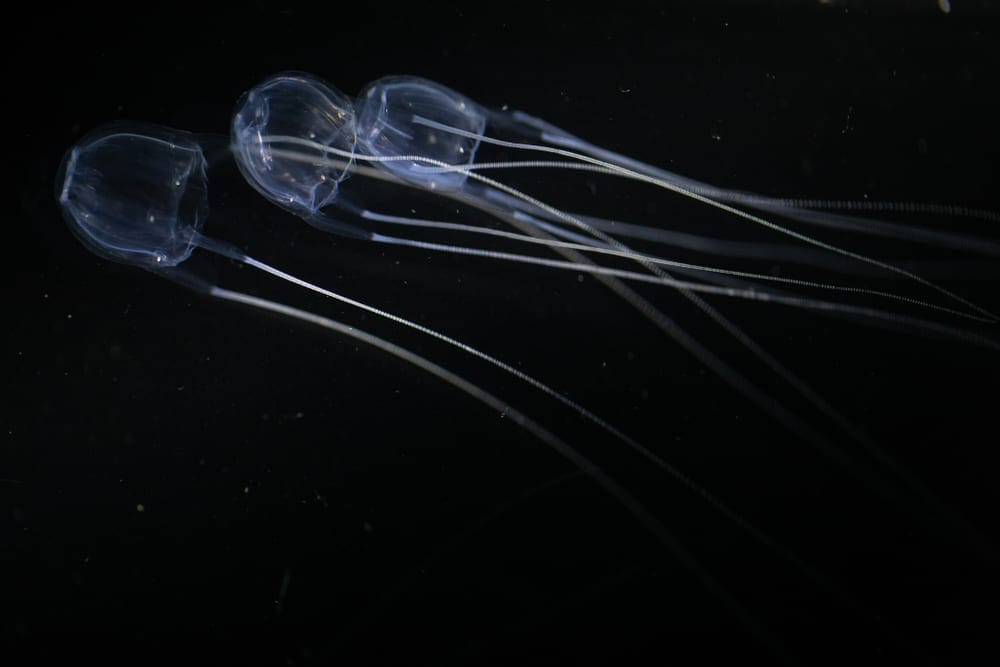
The Common Kingslayer (Malo Kingi) is a species of Irukandji jellyfish that measures a tiny 1 inch (3 cm) and is entirely transparent, making it difficult to spot. Despite its small size, it carries a particularly nasty venom that can lead to Irukandji syndrome.
Symptoms of Irukandji syndrome include severe pain, rapid blood pressure, and vomiting. While death is rare, it can occur. The jellyfish was named after Robert King, an American tourist who died after being stung. Stings are relatively common due to their near invisibility, and it’s believed that their venom becomes more potent as they mature.
So, there you have it—ten tiny creatures that prove deadly things come in small packages. Stay informed, stay cautious, and respect the power of nature, no matter the size!
Which of these creatures surprised you the most? Share your thoughts and experiences below!
Leave your comment below!


